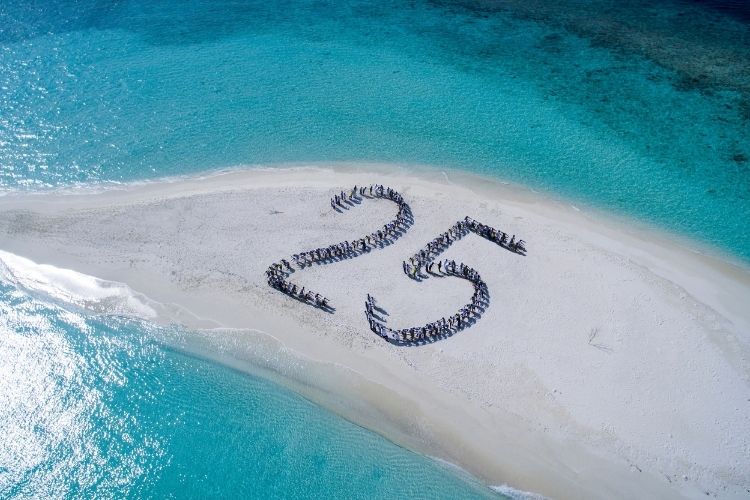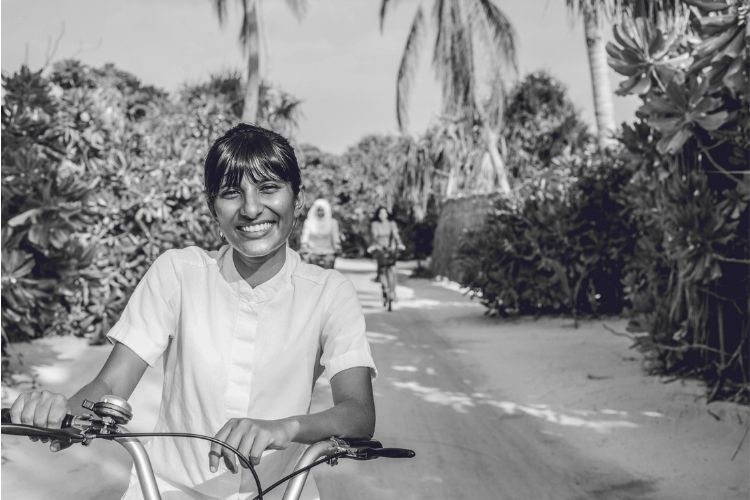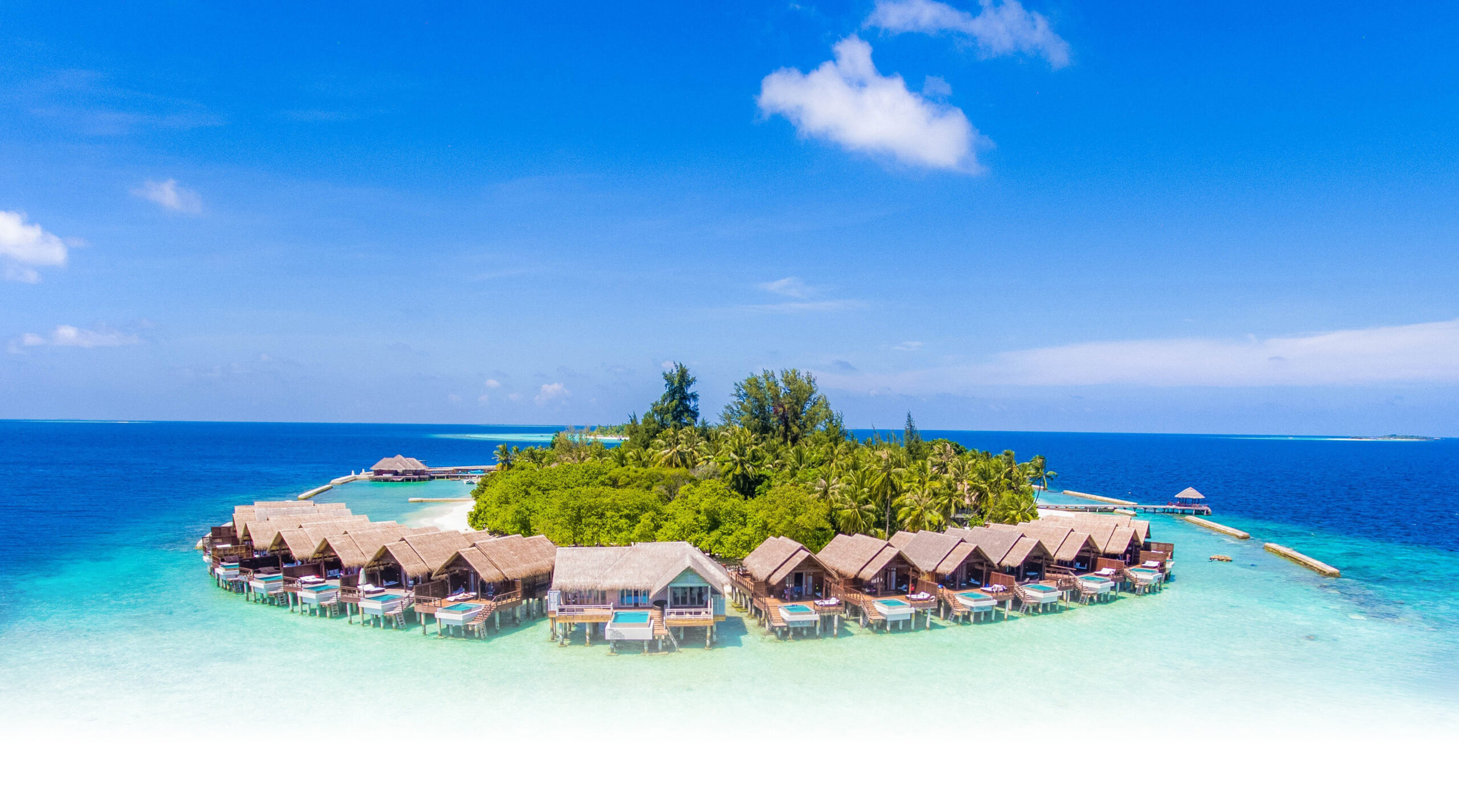Soneva Jani, the iconic luxury resort located in the Maldives’ Noonu Atoll, has announced 85 new job positions, to be filled over the next few months as part of its Chapter Two expansion.
The job positions from Soneva include eighteen positions in Housekeeping, sixteen openings for butler roles, two in the water sports department, two boat crew, six in the LIFE team, one reservations agent, two gift shop assistants, two airport Hosts, an Assistant F&B Manager, three destination managers, eight other roles in the F&B team, ten roles in the engineering team, and fourteen in the kitchen team. Soneva invites all nationalities to apply. But, gives preference to Maldivians as part of Soneva’s SLOWLIFE core purpose.
This has been a very hard year for Maldives tourism and for tourism globally generally, so we are very happy to present this opportunity to provide almost 100 jobs on the back of one of the worst crises that the world has seen in living memory.
Sonu Shivdasani, Founder, CEO and Joint Creative Director of Soneva said.
Also read: Soneva Jani Unveils New Restaurant: Overseas by Mathias Dahlgren
Soneva aims to be the best employer in the Maldives and offers its employees (Hosts) a range of benefits, in addition to exceptional career opportunities and progression. Soneva remains an equal opportunity employer. Thus, commits to empowering its female Hosts with a safe, secure working environment.
In fact, raising the level of female employment is a key goal for the company. And it aims to achieve a target of 30% female employees at Soneva Fushi (currently at 16 per cent). Meanwhile, 30% at Soneva Jani (currently at 20 per cent) by 2021. Currently, 25% of female hosts at Soneva Fushi and 28% of women at Soneva Jani are in management roles. This is from supervisory level and upwards.
In order to reach its targets for female employment, Soneva implements the following measures:
- It offers female-only accommodation quarters and facilities.
- Provides at least one female-only activity per month for employees.
- Welcomes female employees in senior positions who have families and children to live with them on-site.
- Offers gender awareness training for all employees.
- Runs women’s apprenticeship programmes, to give more women the chance to find suitable roles within Soneva and the tourism industry.
- Covers the cost of unlimited online job development training through Massive Open Online Courses (offered to all male and female hosts).
- Welcomes family members of female hosts to visit the resorts and feel comfortable about the accommodation and working areas. They are also invited to talk to the management to discuss any questions or concerns they may have.
- Implements strong structures, processes and training in the areas of appropriate behaviour and a zero-tolerance over harassment.

As part of its 25 years campaign, Soneva also recently released a video made by the acclaimed French film director Bruno Aveillan, which celebrates some of the Hosts at Soneva Fushi, Soneva Jani’s sister property in the Baa Atoll.







